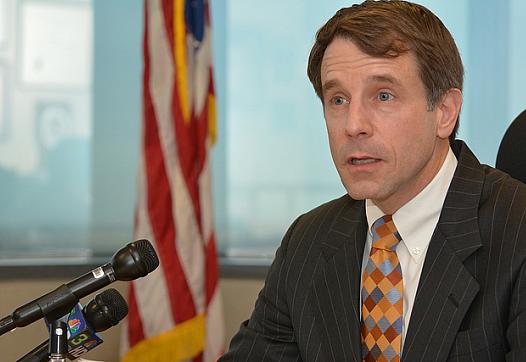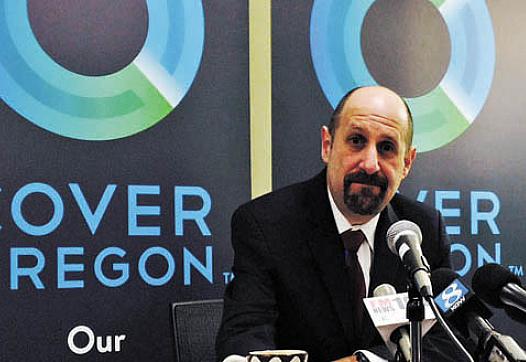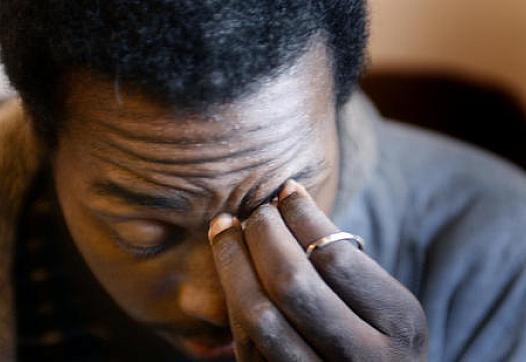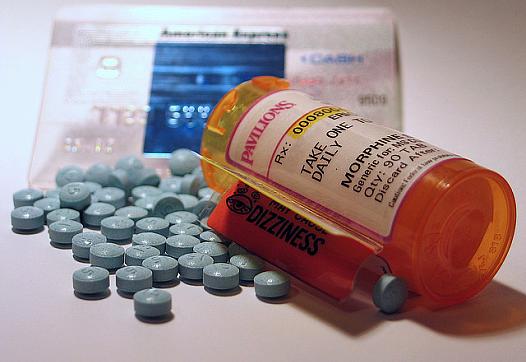
With Obamacare's second season of open enrollment underway, advocates remain focused on signing up the remaining uninsured. In California, the uninsured rate is projected to drop to 6 percent by 2019. But getting it much lower will require creative new strategies.

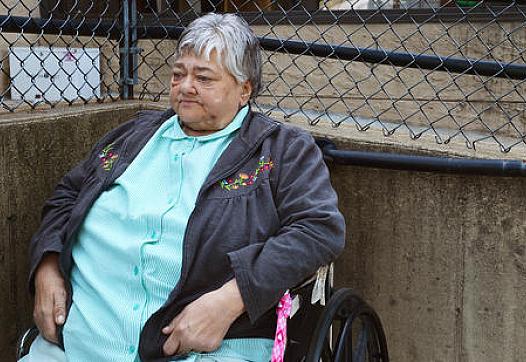
589a.jpg?itok=MD4TInv1)

